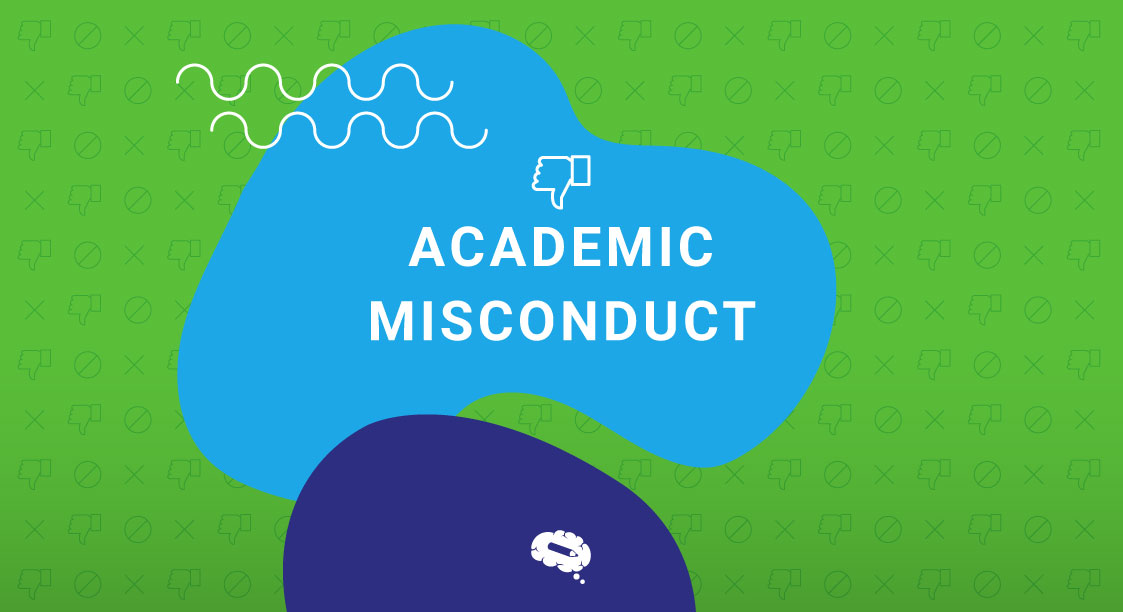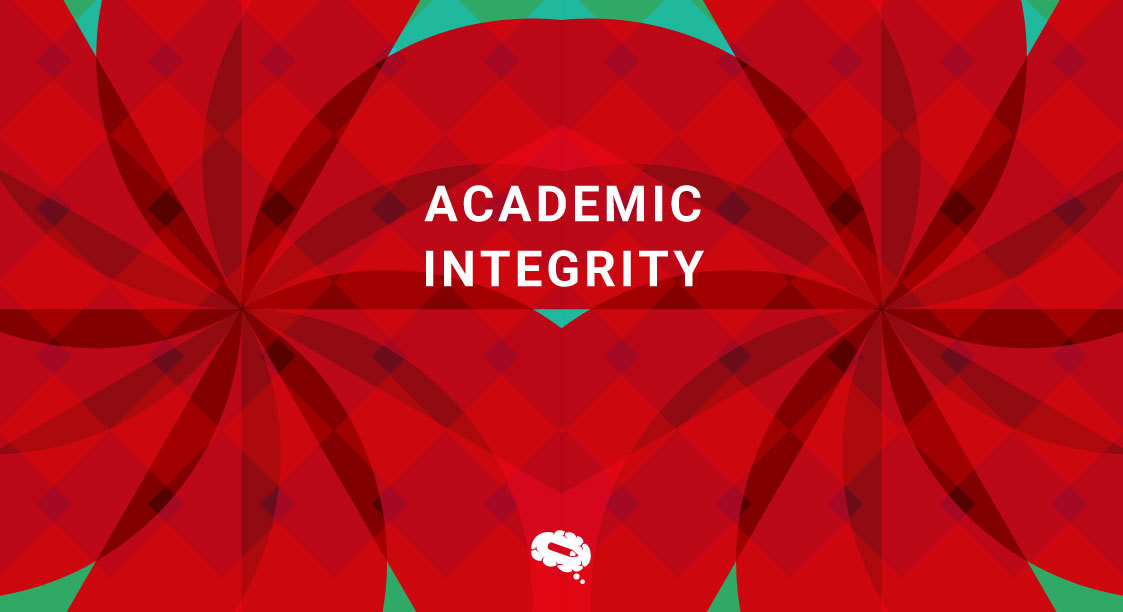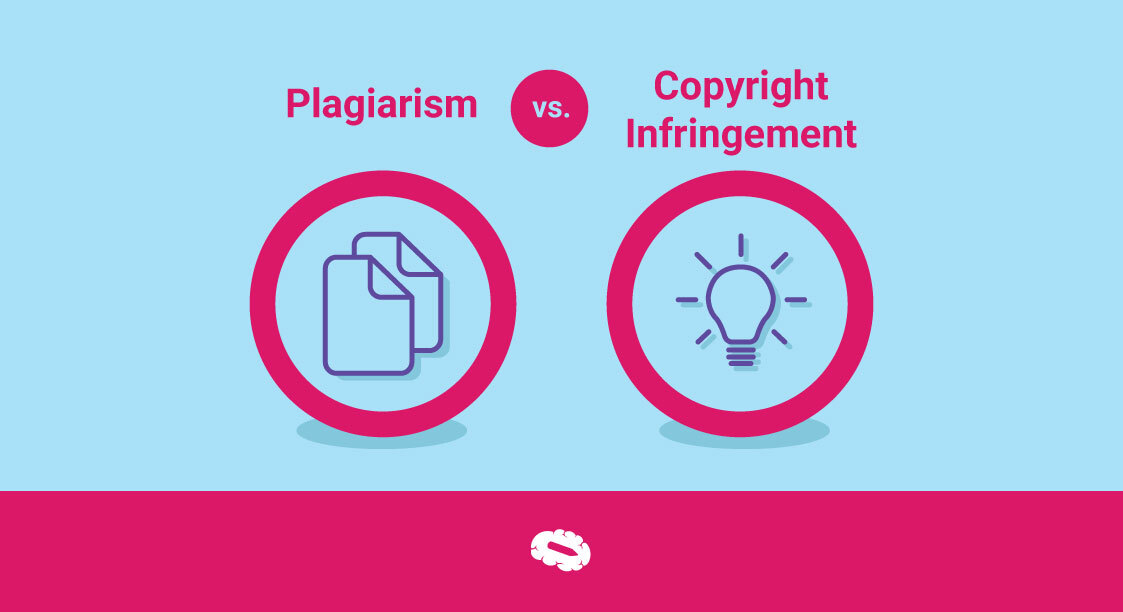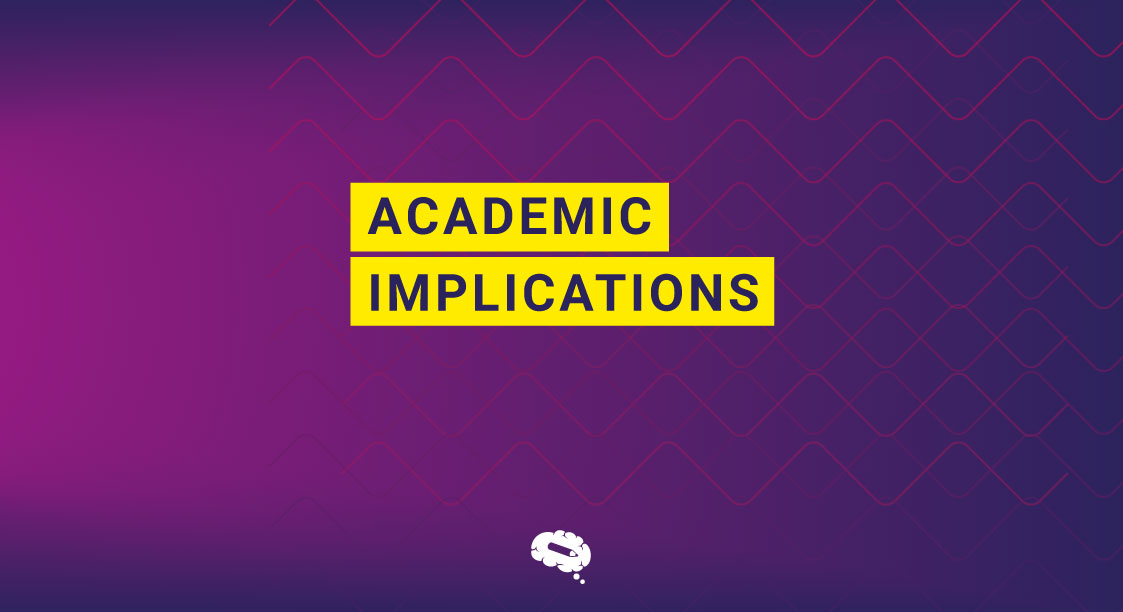Any professional field has drawbacks, and sadly, misconduct may occur. The scientific and academic fields are no exception, and there are several scenarios in which one might unfairly acquire an advantage.
One of these situations is academic misconduct. Academic misconduct is a serious problem, and receiving punishment for this type of behavior or actions might have a significant influence on one’s professional development.
This article will go into academic misconduct in further detail, including definitions and the different types. Keep reading in order to fully acknowledge it in order to avoid it in your personal career, as well as maintain a closer eye and identify misconducts quickly.
Hva er akademisk uredelighet?
Academic misconduct is defined as any activity or attempted act that may lead to an influence on students/researchers to achieve unfair advantage or disadvantage for oneself, another individual or individuals of the academic community. This involves a wide array of actions such as cheating, plagiarism, manipulating academic documents or transcripts, getting access to information before they are meant to be accessible or helping a colleague to have an advantage over the others.
Akademisk uredelighet kan ta flere former, for eksempel:
Plagiat
Plagiarism is described as the use of intellectual content created by another individual without citing the source, such as copying sections of someone’s work, using someone’s concepts or ideas, paraphrasing a unique section, combining different types and sources of work to build your own and many more.
Read our article “Plagiat: Hva du bør vite og hvordan du best kan forhindre det” to understand more about the different types of plagiarism, as well as how to avoid it.
We must not mistake Plagiarism for Copyright Infringement. Plagiarism applies to all creative works, but Copyright Infringement occurs only when the copyright protection of a work is violated.
Also, read the article “Plagiat vs. brudd på opphavsrett” to understand more about the differences between the two types of misconduct.
Fusk
Fusk er definert som å skaffe eller gi informasjon eller materiale som vil bli brukt til å etablere akademisk merittering, for eksempel:
- Å ta med seg ikke-godkjent informasjon til prøven. Dette kan være notater, papirer eller utstyr som ikke er tillatt (f.eks. mobil eller kalkulator);
- Copying from another individual’s assignment or exam;
- Gi noen mulighet til å ta en kopi av oppgaven eller eksamenen din;
- Samhandling med en annen person under hele eksamen;
- Få noen andre til å ta eksamen for deg;
- Få tilgang til prøvespørsmålene på forhånd.
Samarbeid
Collusion occurs when more than one individual participates in a work that is supposed to be submitted as an individual’s work.
Falsk akademisk vitnemål eller dokument
This usually applies to information and documents presented with an application. If the individual modified, omitted or forged any form of a document, the admission might be withdrawn. Forging doctor’s notes is also misconduct of the kind of false document.
Kjøpe oppdrag
Å betale noen eller kjøpe en ferdig oppgave regnes som akademisk uredelighet og kalles kontraktsjuks, ofte kjent som ghostwriting, som er en form for etterligning der en person engasjerer en tredjepart til å utføre arbeid på sine vegne.
Uredelighet i forskning
Research misconduct can happen in circumstances where a researcher is carrying out a research project or publishes an outcome from a research study. In this context, research misconduct may include the following behaviors:
- Fabrikkering eller forfalskning av resultater;
- Feilaktig angivelse av forfatterskap;
- Manglende evne til å opplyse om og håndtere interessekonflikter;
- Forfalskning eller forvrengning for å sikre finansiering;
- Sette menneskeliv, dyr eller miljø i fare;
- Violating the institution’s policies;
- Manglende evne til å håndtere forskningsmidler på riktig måte.
Integrer informasjon og illustrasjoner i vakre og effektfulle lysbilder
Start incorporating great infographics and wonderfully crafted illustrations into your slide presentations if you want your work to be completely unique and high-level. An infographic or illustration can help your audience understand your work more easily and will undoubtedly boost its originality. The way you present your data is important; utilize Se opp for grafen til å gjøre det på en strålende måte.


Abonner på nyhetsbrevet vårt
Eksklusivt innhold av høy kvalitet om effektiv visuell
kommunikasjon innen vitenskap.




